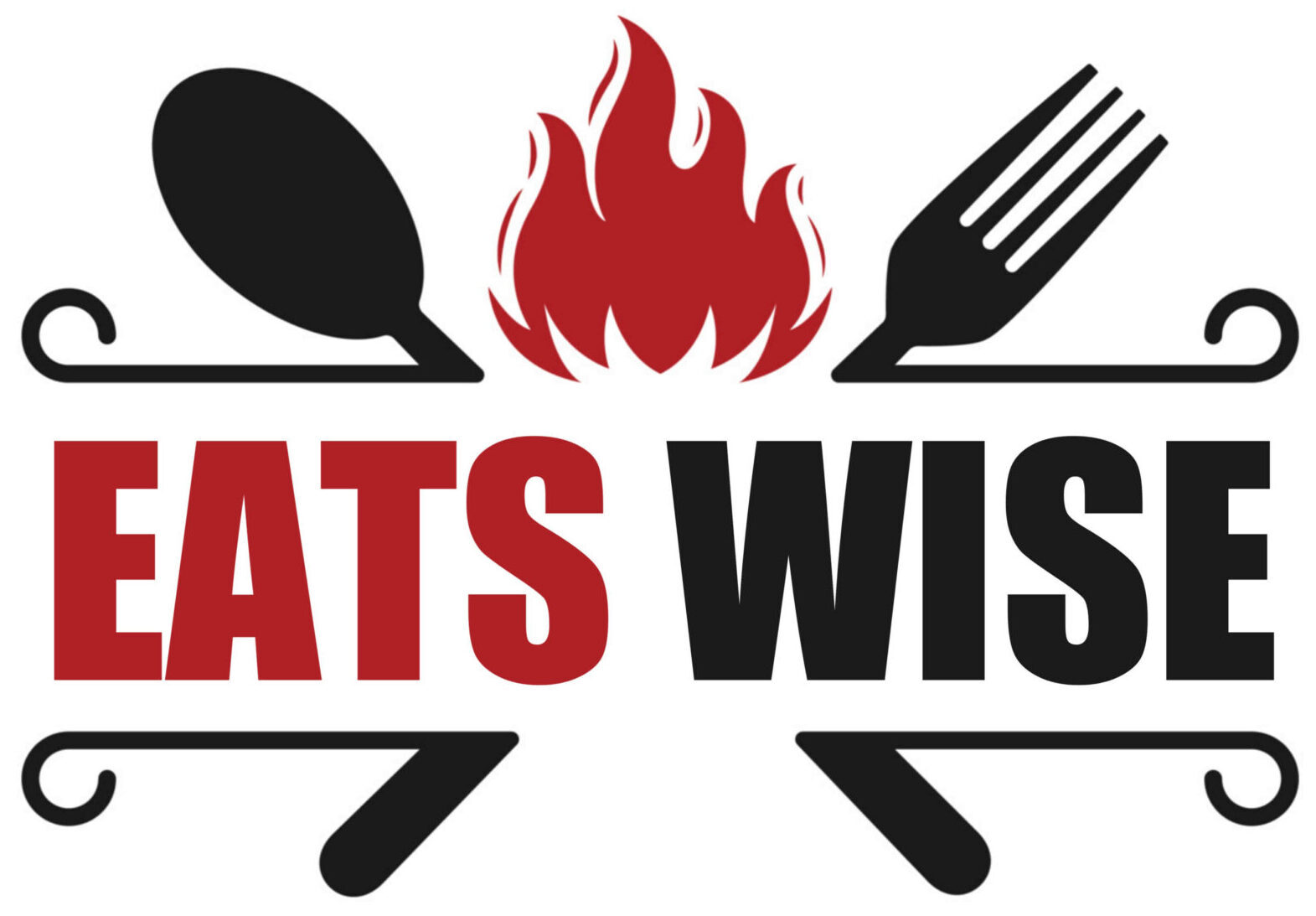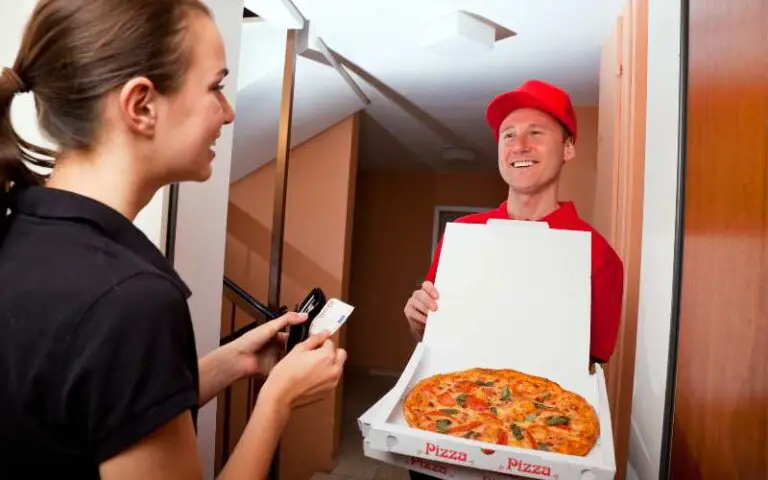Can You Eat Wild Raspberries, Strawberries, Blackberries, & Mulberries?
Last updated on October 26th, 2022 at 05:19 pm
There are so many berries that grow in the wild. Knowing how tasty some of them are, it can be tempting to pluck a ripe, juicy one to eat.
Some of these berries are safe for consumption, and the key to knowing that is being able to identify them.
This article will explain how to recognize wild berries that are harmless.
Wild raspberries, strawberries, blackberries, and mulberries are safe for consumption. Raspberries are a decent fiber source and can be a food item for dessert. Strawberries contain Vitamin C, which helps the heart. Mulberries can help against cancer and reduce blood sugar in the body.
Is It Safe To Eat Wild Raspberries, Strawberries, Blackberries, And Mulberries?

You can eat wild raspberries, strawberries, blackberries, and mulberries. As long as these berries are ripe, you can consume them.
If you pluck ripe wild berries, they will come off their plants easily without struggle.
These wild berries have a juicy and sweet taste. Wild raspberries and blackberries look similar; they grow on their tree branches in small clusters.
Ripe wild raspberries are red when ripe but can be black due to different varieties. Raspberries’ skin is bumpy, and their insides are hollow.
Wild blackberries grow very dark when ripe. Wild strawberries are dark red, and tiny seeds cover their skin.
They are safe to eat when they turn bright red and devoid of dark spots, which means they are ripe.
Wild mulberries are colorful, tasty fruits that turn pink, red, black, or purple when ripening.
These berries are edible when fresh or dried. They contain many nutrients and are important for a healthy diet.
Are Wild Raspberries, Strawberries, Blackberries, And Mulberries Poisonous?
Ripe wild raspberries, strawberries, blackberries, and mulberries are not poisonous. It is safe to eat these berries once they are ripe.
However, consuming these berries might cause some adverse effects in some situations.
The table below will highlight these effects.
| Berry | Adverse Effect |
|---|---|
| Raspberry | Bacteria-contaminated raspberries can cause nausea and diarrhea. |
| Strawberry | Consuming large amounts of strawberries can extend the bleeding time for those with bleeding disorders. |
| Blackberry | It can cause allergic reactions like itching and swelling. |
| Mulberry | It can disrupt maximum nutrient absorption. |
Wild raspberries can cause some discomfort if infected with bacteria.
Since this berry grows in the wild without care, the fruit can get contaminated with a virus or bacteria.
Symptoms from consuming a bacteria-infested wild raspberry include;
- Diarrhea
- Vomiting
- Nausea
Wild raspberries might also act like estrogen. Certain conditions like breast cancer, uterine fibroids, and endometriosis are sensitive to hormones.
These conditions can escalate after raspberry consumption. It is advisable to steer clear of wild raspberries if you suffer from such conditions.
Some people are sensitive to fruits from the Rosacea group. Such people can have allergic reactions to wild strawberries.
There are also fears that consuming huge amounts of strawberries is bad for people with bleeding disorders.
The strawberry can extend the bleeding period and increase the bruising risk in such persons. Individuals with such disorders should regulate their strawberry intake.
Wild blackberry has a few cases of allergic reactions like itching and swelling of lips after eating.
Those who are pregnant or breastfeeding should stay away from the fruit.
Furthermore, wild mulberry extracts from leaves like ɑ-glucosidase can suspend carbohydrate digestion.
This occurrence can result in an abrupt decline in blood glucose amount. The decline is particularly in those receiving diabetic medication.
Anecdotal evidence has highlighted symptoms like headache, blurred vision, excessive sweating, tremors, and dizziness.
Those who have diabetes should control their mulberry consumption.
How Can I Tell If Wild Raspberries, Strawberries, Blackberries, And Mulberries Are Safe To Eat?
You can tell if wild raspberries, strawberries, blackberries, and mulberries are safe to eat if you can identify them.
There are many berries around; it would help to correctly identify each before eating.
Below, we’ll examine each of these berries so you can identify them in the wild.
#1. Wild Raspberries
Wild raspberry trees have white flowers and thorns. These flowers have five petals that subsequently develop into raspberry fruit and are available in early summer.
Raspberry plants have extended stems shooting straight from the ground. There are two kinds of raspberries, black and red raspberries.
Black raspberry plants have shorter stems and fall back to the ground. You’ll notice that the blackberry stems have bluish light color that comes off when rubbed.
Red raspberry stems are longer than their black counterparts. Their stems are greenish, and they usually feature more thorns.
Raspberry fruits taste sweet; they have bumpy skin and hollow insides.
#2. Wild Strawberries
Wild strawberry leaves feature three lobes with wrinkles and toothed ends. White flowers with five petals grow on their lengthy and hairy stem.
Their fruits are green when developing but grow into bright red berries with seeds on their skin. Wild strawberries grow on moist, shady grounds.
#3. Wild Blackberries
Wild blackberries have large stems and can grow over ten feet high. These stems have green color with many thorns similar to rose thorns.
The fruits feature white cores, and they grow in clusters. They start as flowers, turning into green balls to pink, red, and black.
Ripe wild blackberry is black and leaves behind a flat and clean stem when picked.
#4. Wild Mulberries
Wild mulberry has asymmetric leaves, which are short. Small white flowers sprout from the tree, and the bark has a greyish brown color.
White, black, and red mulberries are variations of the fruit. White and red mulberry leaves feature rounded teeth on their ends.
Red mulberry fruits are black or juicy red berries. White mulberries go from white to purple when ripening.
Conversely, black mulberry has short leaves with heart-shaped bases.
Are There Poisonous Wild Berries That Look Like Raspberries, Strawberries, Blackberries, And Mulberries?
There are many kinds of berries around, and some resemble each other.
You can pluck one of these berries absent-mindedly to eat without knowing if it’s toxic.
Below are some of the berries you need to avoid.
#1. Holly Berry
Holly berries are red and look a bit like strawberries or red raspberries. Their leaves have sharp spines at their ends.
This berry is poisonous; eating as little as two holly berry fruits can cause vomiting and nausea.
#2. Mistletoe Berry
Mistletoe is a round-shaped green mass of about three inches. They are parasitic plants that grow on trees and have berries of a white, and reddish color.
These berries are toxic proteins, and consuming them can lead to stomach cramps, blurred vision, and diarrhea.
#3. Pokeweed Berry
Pokeweed berry has tiny white flowers that sprout from red stemmed racemes. These racemes droop or are erect with plump green leaves.
The face of the leaves has a dark green color while underneath is a lighter green. Pokeweed berries, like grapes, are purple, but they are poisonous.
Every part of the plant contains toxic compounds, and consuming the berries can be fatal.
#4. Cotoneaster Berries
Cotoneaster is a perennial shrub that grows straight with extended branches.
This shrub has colorful orange berries that produce in clusters, so many that they cover the branches.
Consuming cotoneaster berries in large amounts is dangerous as they can cause breathing problems, seizures, and weakness in the body.
Health Benefits of Eating Wild Berries
There are numerous health benefits of eating wild berries. Let’s look at some of them below.
#1. Wild Raspberries
Raspberries are rich in fiber, calories, Vitamin C, Vitamin K, and Manganese. These berries have antioxidant polyphenols known as ellagitannin.
Ellagitannins help lessen oxidative stress. Black raspberries reduce the chances of heart disease, like blood cholesterol.
Research has discovered that black raspberries can even lessen inflammation in an individual having metabolic syndrome.
#2. Wild Strawberries
Strawberries contain a decent amount of Vitamin C and calories. Eating these berries can regulate the blood sugar amount in the body, preventing diabetes.
They also lessen the chances of getting heart disease. Strawberries also lower inflammation by reducing inflammatory substances in the body.
In addition, eating strawberries will help with digestive problems like diarrhea.
#3. Wild Blackberries
Eating blackberries can prevent oral disease. Blackberries contain anti-inflammatory and antibacterial substances that help against bacteria causing such disease.
The Manganese in blackberries can improve the immune system since it forms collagen and enhances wound healing.
Blackberries have rich Vitamin C content that will reduce the development of cancer-producing substances inside the body. Vitamin C also prevents scurvy and absorb ion.
#4. Wild Mulberries
Mulberries are also essential to health because of their high iron content. Iron can considerably increase red blood cell production.
This production will help distribute oxygen to the vital organs and tissues of the body.
Zeaxanthin, a carotenoid found in mulberries, can serve as an antioxidant. This antioxidant can avert retina damage, in turn improving vision.
Vitamin K, Calcium, and a small quantity of Magnesium and Phosphorus in mulberries can create bone tissue.
Conclusion
Wild raspberries, strawberries, blackberries, and mulberries are safe to eat. These berries aren’t poisonous but can have minor adverse effects.
Diarrhea, vomiting, and nausea are some of the adverse effects of consuming too many of these berries.
These wild berries have health benefits like increasing red cell production and regulating blood sugar. Berries also reduce inflammatory substances in the body.







